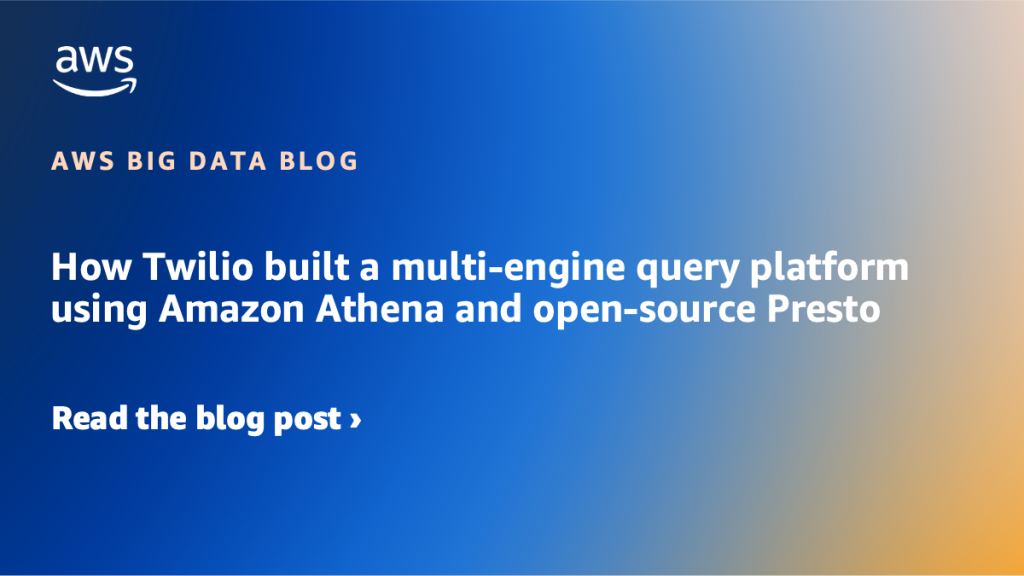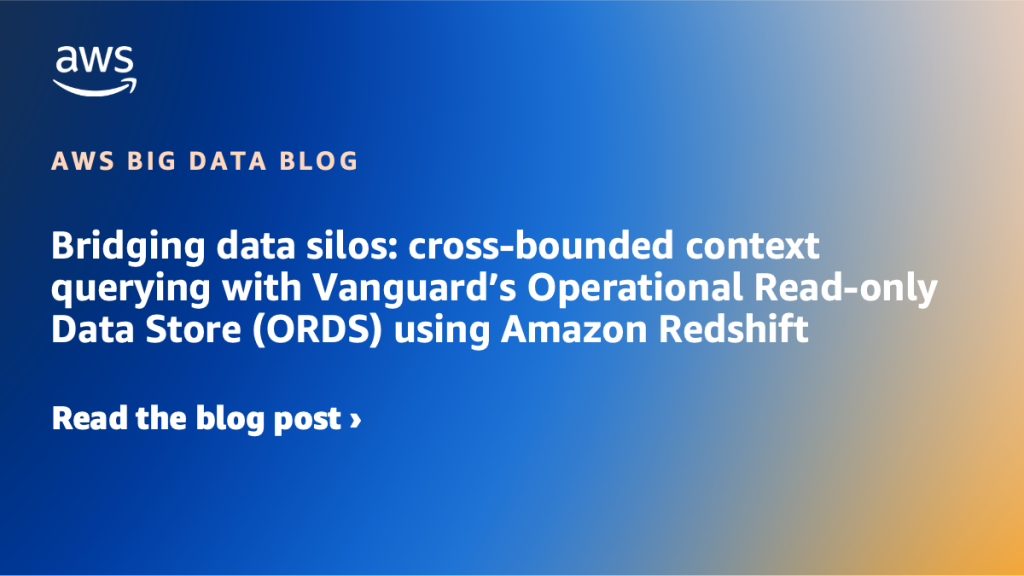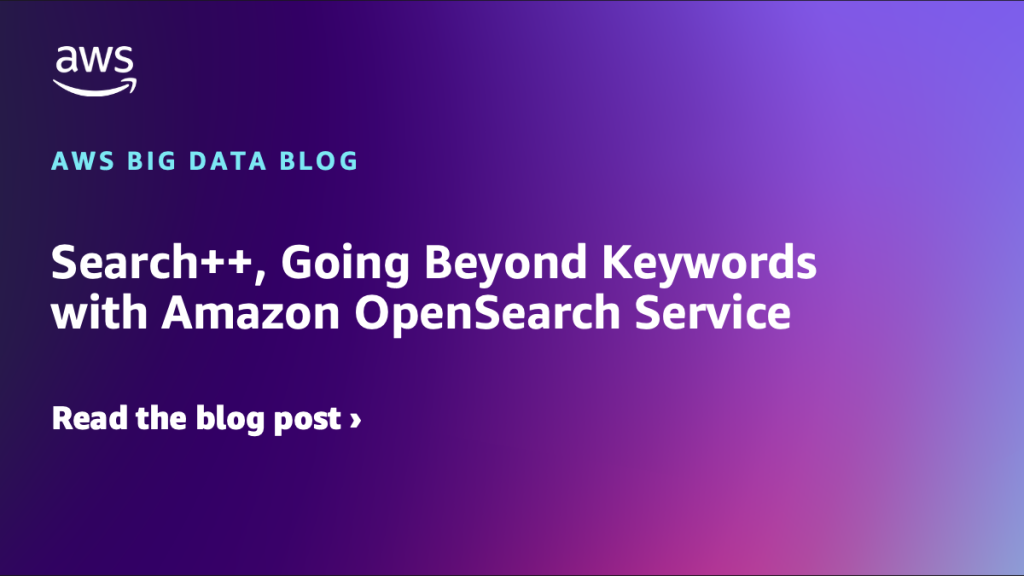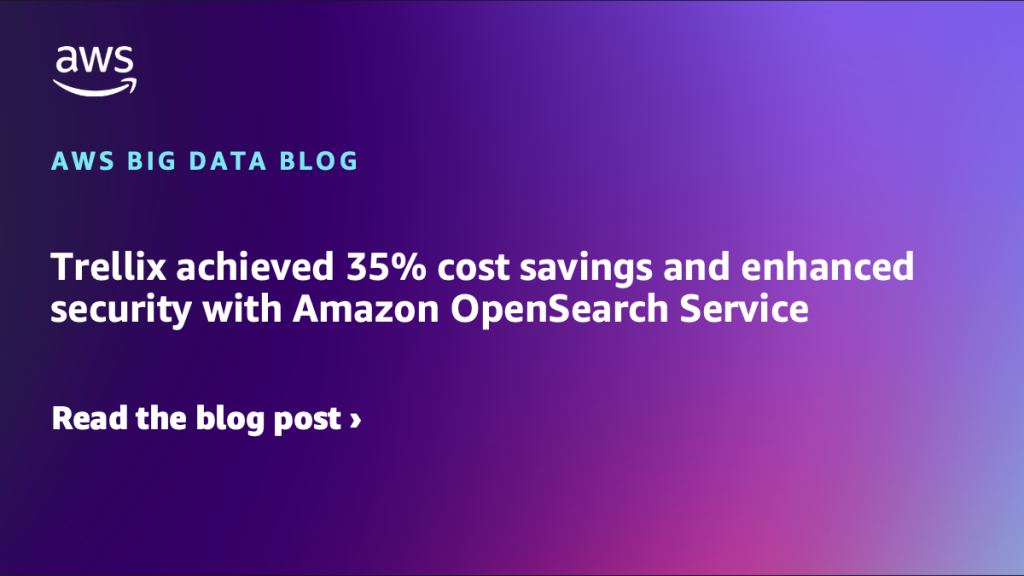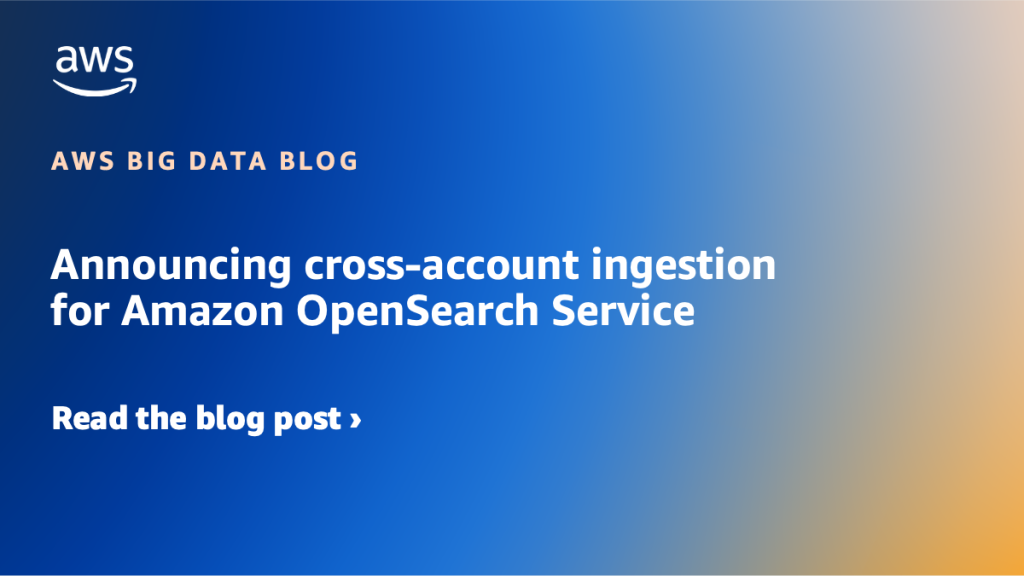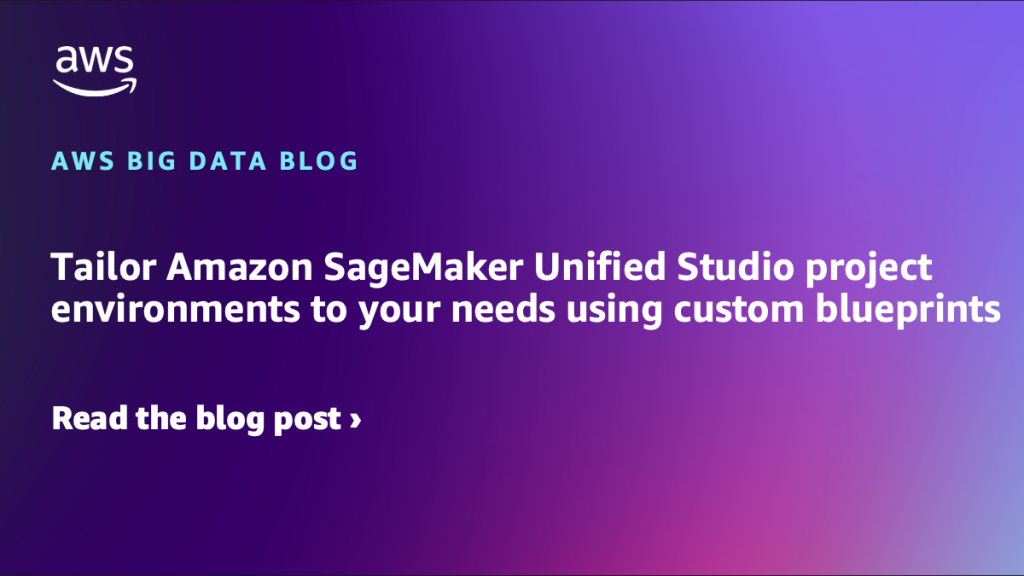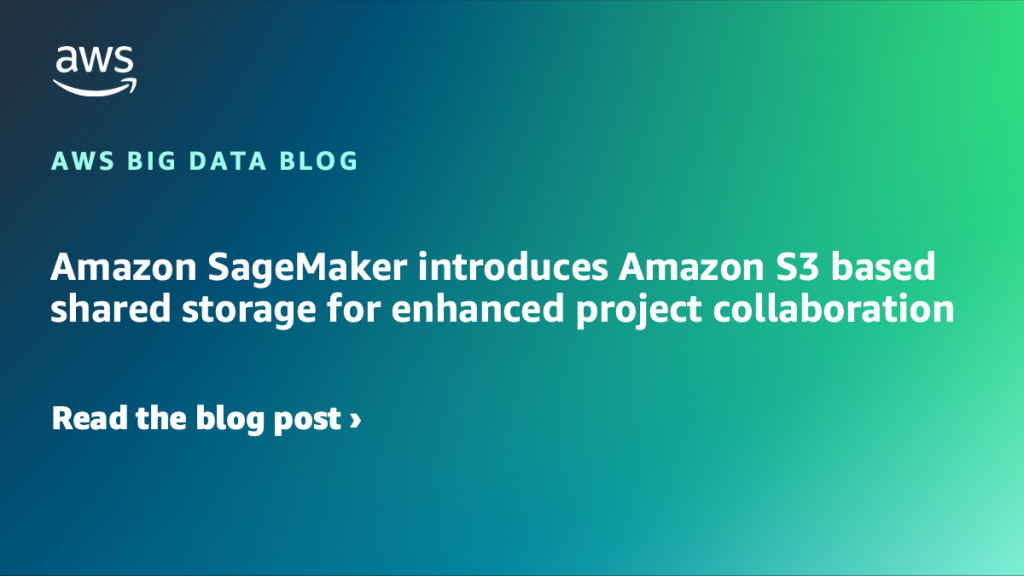AWS Big Data Blog
Category: Intermediate (200)
Amazon Kinesis Data Streams now supports 10x larger record sizes: Simplifying real-time data processing
Today, AWS announced that Amazon Kinesis Data Streams now supports record sizes up to 10MiB – a tenfold increase from the previous limit. In this post, we explore Amazon Kinesis Data Streams large record support, including key use cases, configuration of maximum record sizes, throttling considerations, and best practices for optimal performance.
How Twilio built a multi-engine query platform using Amazon Athena and open-source Presto
At Twilio, we manage a 20 petabyte-scale Amazon S3 data lake that serves the analytics needs of over 1,500 users, processing 2.5 million queries monthly and scanning an average of 85 PB of data. To meet our growing demands for scalability, emerging technology support, and data mesh architecture adoption, we built Odin, a multi-engine query platform that provides an abstraction layer built on top of Presto Gateway. In this post, we discuss how we designed and built Odin, combining Amazon Athena with open-source Presto to create a flexible, scalable data querying solution.
Bridging data silos: cross-bounded context querying with Vanguard’s Operational Read-only Data Store (ORDS) using Amazon Redshift
At Vanguard, we faced significant challenges with our legacy mainframe system that limited our ability to deliver modern, personalized customer experiences. Our centralized database architecture created performance bottlenecks and made it difficult to scale services independently for our millions of personal and institutional investors. In this post, we show you how we modernized our data architecture using Amazon Redshift as our Operational Read-only Data Store (ORDS).
Enhance search with vector embeddings and Amazon OpenSearch Service
This post describes how organizations can enhance their existing search capabilities with vector embeddings using Amazon OpenSearch Service. We discuss why traditional keyword search falls short of modern user expectations, how vector search enables more intelligent and contextual results, and the measurable business impact achieved by organizations like Amazon Prime Video, Juicebox, and Amazon Music.
Optimize Amazon EMR runtime for Apache Spark with EMR S3A
With the Amazon EMR 7.10 runtime, Amazon EMR has introduced EMR S3A, an improved implementation of the open source S3A file system connector. In this post, we showcase the enhanced read and write performance advantages of using Amazon EMR 7.10.0 runtime for Apache Spark with EMR S3A as compared to EMRFS and the open source S3A file system connector.
Trellix achieved 35% cost savings and enhanced security with Amazon OpenSearch Service
Trellix, a global leader in cybersecurity solutions, emerged in 2022 from the merger of McAfee Enterprise and FireEye. To address exponential log growth across their multi-tenant, multi-Region infrastructure, Trellix used Amazon OpenSearch Service, Amazon OpenSearch Ingestion, and Amazon S3 to modernize their log infrastructure. In this post, we share how, by adopting these AWS solutions, Trellix enhanced their system’s performance, availability, and scalability while reducing operational overhead.
Announcing cross-account ingestion for Amazon OpenSearch Service
Amazon OpenSearch Ingestion is a powerful data ingestion pipeline that AWS customers use for many different purposes, such as observability, analytics, and zero-ETL search. Many customers today push logs, traces, and metrics from their applications to OpenSearch Ingestion to store and analyze this data. Today, we are happy to announce that OpenSearch Ingestion pipelines now […]
Tailor Amazon SageMaker Unified Studio project environments to your needs using custom blueprints
Amazon SageMaker Unified Studio is a single data and AI development environment that brings together data preparation, analytics, machine learning (ML), and generative AI development in one place. By unifying these workflows, it saves teams from managing multiple tools and makes it straightforward for data scientists, analysts, and developers to build, train, and deploy ML […]
Get started with Amazon OpenSearch Service: T-shirt size your domain for log analytics
When you’re spinning up your Amazon OpenSearch Service domain, you need to figure out the storage, instance types, and instance count; decide the sharding strategies and whether to use a cluster manager; and enable zone awareness. Generally, we consider storage as a guideline for determining instance count, but not other parameters. In this post, we […]
Amazon SageMaker introduces Amazon S3 based shared storage for enhanced project collaboration
AWS recently announced that Amazon SageMaker now offers Amazon Simple Storage Service (Amazon S3) based shared storage as the default project file storage option for new Amazon SageMaker Unified Studio projects. This feature addresses the deprecation of AWS CodeCommit while providing teams with a straightforward and consistent way to collaborate on project files across the […]

